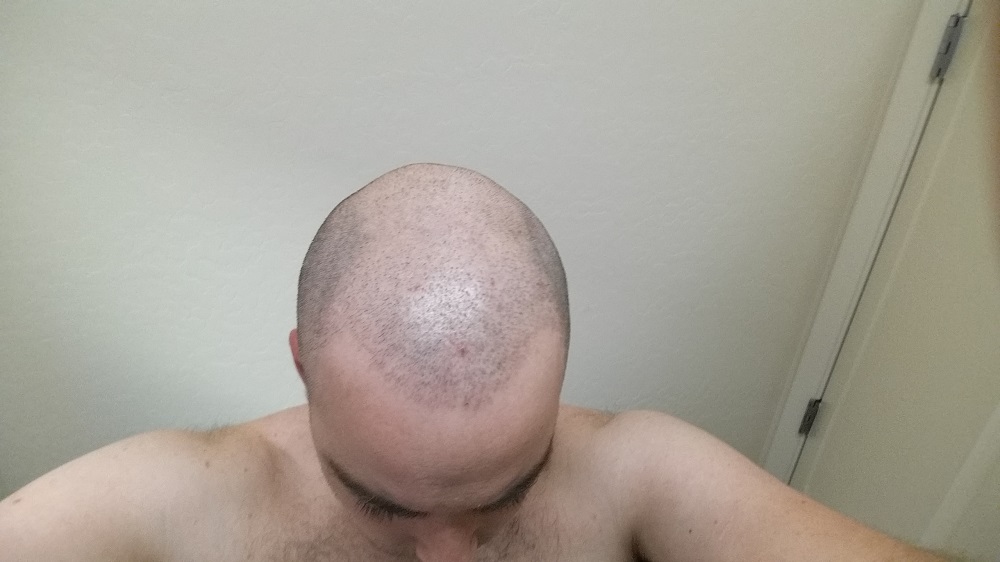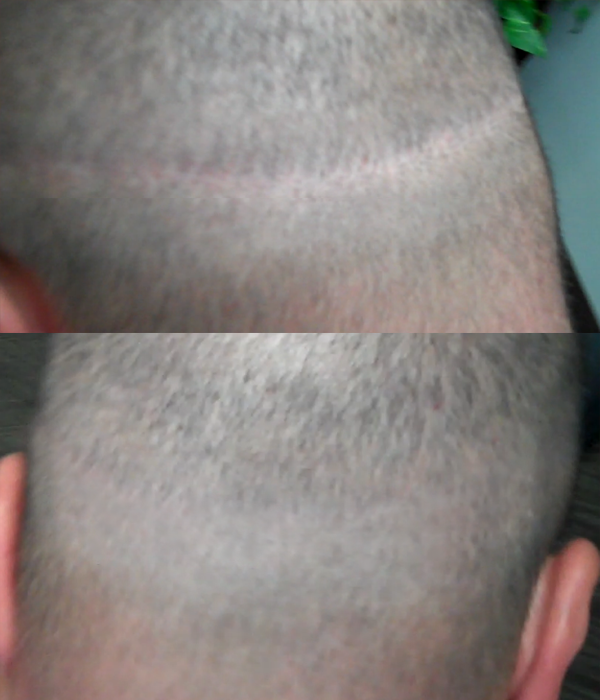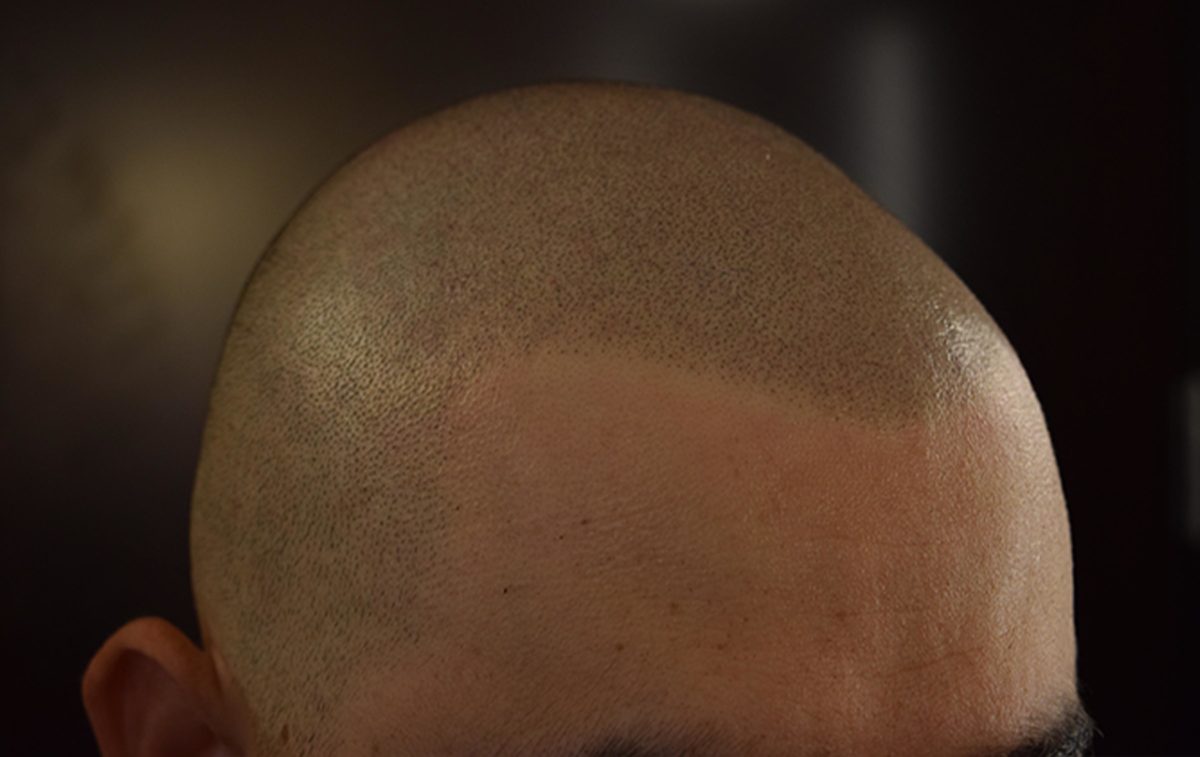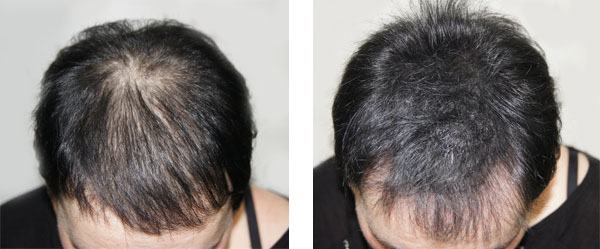The sight of thinning hair is disturbing. You may experience it in different forms, from thinning edges to bald patches. Thinning hair can bring a lot of frustration, and you may experience a loss of self-esteem. No doubt, hair restoration treatments sell like pancakes these days, but not all are effective ways to restore your looks or add density to thinning hair. Luckily, you can still trust scalp micropigmentation.
What is SMP for Thinning Hair?
SMP is an innovative solution that helps conceal scars or thinning hair. If you experience hair shedding or thinning all over the scalp, scalp micropigmentation can be an effective way to overcome the stigma of hair loss. With diffuse thinning, you may suffer from an excessive loss of hair strands, which first detach from the follicle, resulting in bald patches, especially as there is no new hair growth. The scalp becomes evident when hair follicles drop off, without any new hair growth.
Diffuse thinning is the result of a number of factors. This includes hormonal changes, genetics, stress, nutritional deficiency, and menopause in women. Certain medical conditions, such as diabetes, might also be blamed for hair thinning. While you may need to investigate the root cause of your problem, there are no specific proven hair restoration techniques that can solve your problem. It is here that scalp micropigmentation can help.
How SMP for Hair Thinning Works?
If you think SMP is a cure for baldness or diffuse thinning, you are wrong. Scalp micropigmentation can only hide scalp flaws or problems and not cure them. The solution is popular because it is permanent, requires less maintenance and little aftercare, and has a quick recovery period. You can continue with your SMP look for as long as you are not bored of it.
The cosmetic concealment of scars, bald patches, hair loss, or receding hairline gives your scalp a youthful appearance. When scalp practitioner implants natural pigments into the scalp, they replicate the look of natural hair folliclesn. This helps hide any scalp flaws. This procedure reduces the contrast between the scalp and hair and creates an illusion of a fuller and thicker head of hair.
Once the scalp artist completes the procedure to add density and depth to your hair, the bald patches or signs of diffuse thinning will not be noticeable. SMP does the job of concealing those patches effectively, especially if you choose the best scalp artist.
Scalp micropigmentation may require up to 3-4 sessions. The relatively painless procedure delivers permanent results. The results last 3-5 years before needing a touch-up to add depth to the faded pigment.
Should you go for SMP for diffuse thinning
Well, the procedure is safe. It can ensure a good amount of relief for those who lack self-esteem and confidence due to the loss of hair. SMP helps you appear youthful with a fuller head of hair. At DermiMatch, you will find the best hands for the job. DermiMatch is a pioneer of scalp micropigmentation with scalp experts who have been with the clinic for decades. They have worked on all skin types and have a good understanding of both men and women scalp issues.
Connect with the best names in the Phoenix SMP market today on DermiMatch for a solution to your thinning hair problem.




